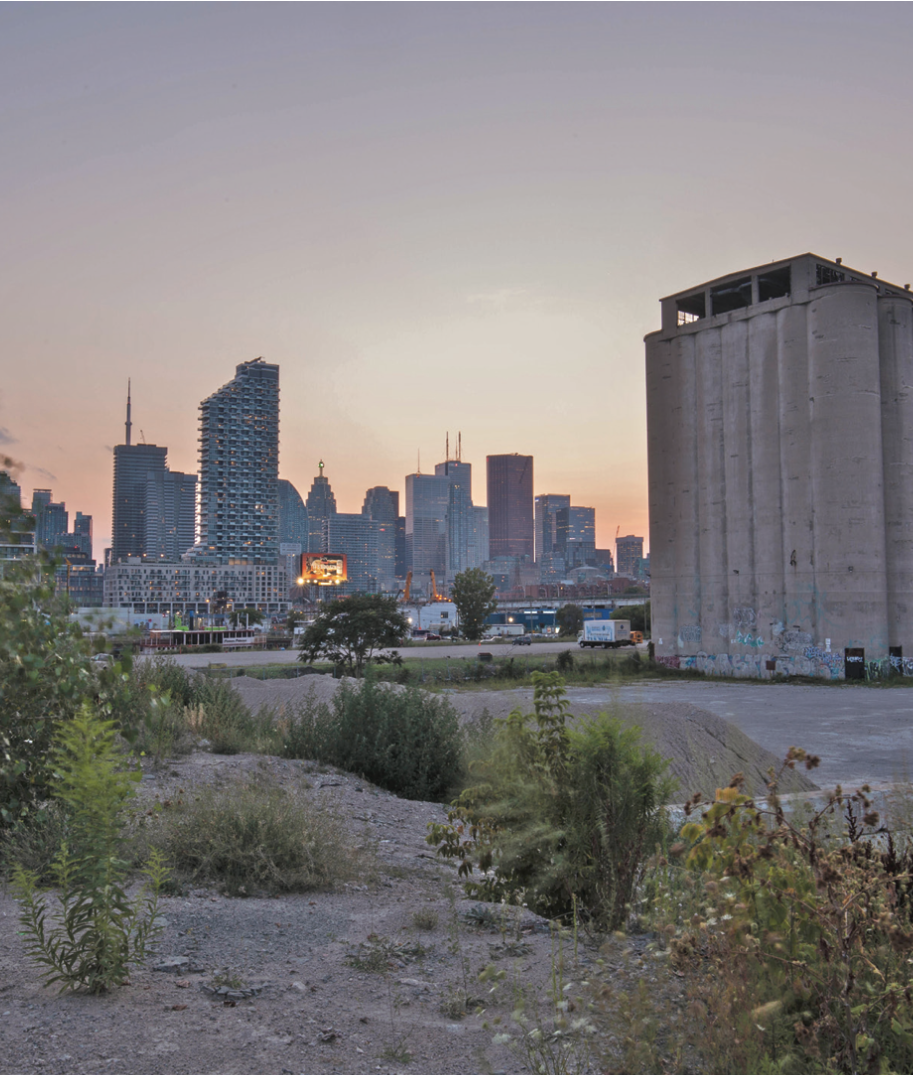By Andre Bermon
As students and young professionals flock to secure apartments close to universities, colleges and the bustling financial district, single- and two-person households have become the norm in the downtown east.
In the quickly gentrifying Garden District neighbourhood, high-rise towers have begun to replace dilapidated old buildings in the still marginalized community around Dundas East and Sherbourne. The two Menkes Developments sites at 218 and 219 Dundas East, for example (the latter still being planned), will devote 70% of their apartments to studios, one-bedroom and one-bedroom + den units.
Steps from Ryerson University and the commercial/business corridor around Dundas Square and Bay Street, the two projects have bet on high demand from young and working-age people.
How will this narrow demographic affect revitalization efforts in the nearby community? Can a transient-prone, renter class of young people anchor this emerging neighbourhood? Or would more families with children improve the community’s social fabric?
According to the most recent census statistics, single- and two-person households compose 86% of private household sizes in Toronto Centre (Ward 13), with 54% housing singles and 32% couples. The largest family group, couples without children, consists 68.5% of families in private households, much higher than the City of Toronto average of 44.2%.
Only 29% of residents own their home, compared with the city average of 53%.
The lack of children in the downtown east has historical precedent.
Moss Park Apartments, a social housing project completed in early 1960s, were first envisioned to exclude children, as city planners considered the area south of Queen Street East too industrial for family life. However, due to public pressure, some family-friendly units were added. This set the tone for the area while furthering the concept of the single-family home, prevalent in the suburbs, as the ideal for families with children.
Mariana Valverde, a University of Toronto sociology professor, explains, “The existence of St. James Town and Moss Park [projects] … is precisely the privileging of the single-family home in urban planning. So low-income tenants who can’t afford a whole house (owned or rented), as well as people who need rooming houses or shelters, have for many decades been pushed into a few spots, which then become too densely populated.”
The prevalence of singles and couples downtown is “because they are being rigidly excluded from the ‘yellow belt’ – the vast majority of Toronto, which allows only single-family and semi-detached houses.”
But unlike condo-heavy neighbourhoods such as Liberty Village, the Entertainment District, Wellington Place and City Place, the downtown east has the social infrastructure to support more families with children. Within two kilometres of Queen and Parliament streets are more than half a dozen schools, several community centres and not-for-profit organizations, and three large inner-city parks: Allan Gardens, Moss Park and the newly built Corktown Commons.
Looking at the population under 18, only Regent Park and St. James Town have a percentage as high as 20%. Only 10–14% of Cabbagetown, Moss Park, Corktown and St. Lawrence residents are under 18, while neighbourhoods on arteries like Queen, King, Richmond, Adelaide and Jarvis streets have about 5–7%. At bottom is Church and Wellesley at less than 4%.
Cross the Don River and the numbers change dramatically. In more conventional residential neighbourhoods like Riverdale, Leaside and the Danforth, percentages of these young people are in the low 20s, a reflection of the predominance of single-family homes.
Given the growing number of condos standing at five or more storeys – currently 82% of all structures in Ward 13 – it is hard to conceive of a major shift in family composition for some time. Living cost alone is a major obstacle to raising children downtown.
With family-friendly housing unlikely as developers cater to single, young professionals, the future of city building in the downtown east will continue to be a childless affair.




